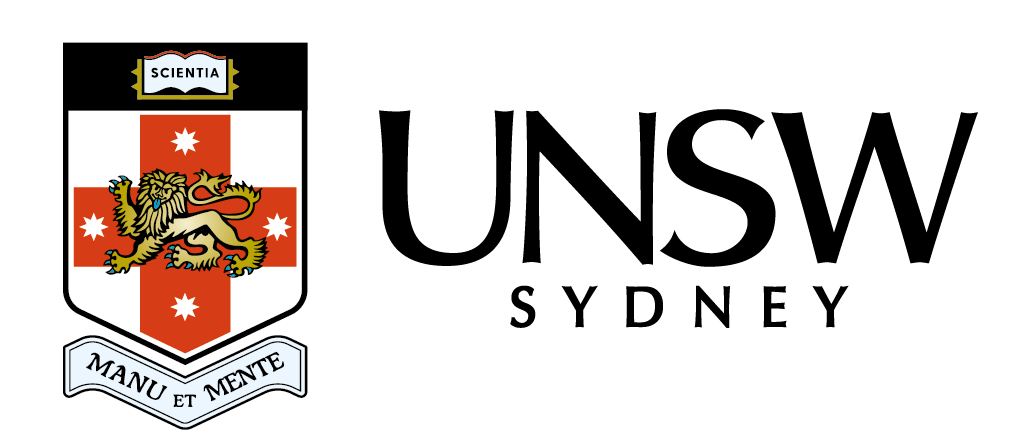Overview
The science-industry workshop on severe convective storms was held on August 3-4 2023 at UNSW Sydney. The workshop brought together scientists and industry colleagues working on severe convective storms across disciplines. We aimed to forge deeper connections between science and industry through presentations, open discussion, identification of shared challenges, and future planning.
Topics that were presented and discussed included:
- The latest understanding of severe storms in the current climate, including relationships between atmospheric conditions and storm occurrence.
- The latest science on climate change effects on hailstorms, extreme winds, and extreme rainfall associated with thunderstorms.
- Storm climate science in industry: information required and how that information is used.
- Opportunities for exchange: unique data and knowledge that industry can provide.
The workshop was a phenomenal success - thank you to everyone who was there!
- Workshop presentations that authors have agreed to share can be accessed here.
- As a follow-up from the workshop we have created a new community linked-in group here. Anyone in the community may join the severe convective storms science-industry hub.
Practical information
The location was Scientia Building Gallery 1, at the UNSW Kensington Campus.
Thanks to our sponsors, lunch was provided, and a networking event was held at The Lounge, UNSW on 3 August.
Program
Download the full program with abstracts here.
-
Workshop starts 9.15 am
09.15 Workshop opening
Dr. Tim Raupach
UNSW Sydney and ARC Centre of Excellence for Climate Extremes09.25 Introductory remarks
Dr. Andy Pitman
ARC Centre of Excellence for Climate Extremes09.30 Keynote
Dr. Julian Brimelow
Western University Canada and Northern Hail Project
Coordinated severe storm research in Canada11.00-12.30 Thunderstorm hazards and impacts
Dr. Acacia Pepler
Bureau of Meteorology, NESP Climate Hub
Updating the climate change guidance in the AR&R GuidelinesDr. Matthew Mason
University of Queensland
Defining loads and mitigating impacts: challenges for increasing convective storm resilience in the built environmentJordan Brook
Bureau of Meteorology
Radar perspectives on thunderstorm dynamics and associated hazardsDr. Alain Protat
Bureau of Meteorology
SWIRL: the first operational radar-based 3D wind analysis and nowcasting service in Australia13.30-14.30 Thunderstorm prediction
Dean Sgarbossa
Bureau of Meteorology
Forecasting severe thunderstormsAnthony Cornelius
Weatherwatch
The role of specialised weather services in AustraliaHarald Richter
Bureau of Meteorology
Latest thunderstorm guidance and use in operations14.30-15.00 Panel session: early career researchers in thunderstorm science
Isabelle Greco (UNSW Sydney)
Andrew Brown (University of Melbourne)
Jordan Brook (Bureau of Meteorology)
Annabel Bowden (Monash University)
Moderated by Dr. Matthew Mason (University of Queensland)15.30-17.00 Assessing thunderstorm risk
Dr. Joanna Aldridge1 and Dr. Tom Mortlock2
1. QBE Australia
2. Aon Australia
Hail of the century: how insurers estimate SCS risk using catastrophe modelsDr. Raktima Dey
Guy Carpenter
Thunderstorm-induced insurance losses and hail risk quantificationDr. Salomé Hussein
Risk Frontiers
The sky is falling: modelling hail risk in AustraliaDr. Luis Ackermann1 and Dr. Nina Ridder2
1. Bureau of Meteorology
2. Suncorp
Improving hail damage estimates using past insurance claims and radar observations17.30-19.30 Networking event at The Lounge, UNSW Sydney
-
09.00-09.40 Community readiness and recovery
Steve Muncaster
Victoria State Emergency Services
Enhancing community and emergency services readiness for severe convective stormsDr. Kat Haynes
Natural Hazards Research Australia
Severe storms – predicting impacts, understanding response and supporting adaptation09.40-10.30 Keynote
Kylie Macfarlane
Insurance Council of Australia
Building resilience to worsening extremes11.00-12.30 Impacts on utility services and agriculture
Narendra Tuteja
WaterNSW
Operational needs for information on hydroclimate extremes for managing flood and storage operationsPenny Joseph
Ausgrid
Codesigning climate resilience with customersBec Tkal
Queensland Farmers Federation
Insurance tools for managing crop & financial risk – Hailios hail plate trialDr. Fiacre Rougieux
UNSW Sydney
Weathering the storm: risks of hail damage to solar panels in Australia13.30-14.30 Changing thunderstorm hazards
Dr. Tim Raupach
UNSW Sydney, CLEX
Changing hail hazard across AustraliaDr. Acacia Pepler
Bureau of Meteorology
Changing convective vs. non-convective rainfallAndrew Brown
University of Melbourne
Progress towards future climate projections of severe thunderstorm wind gusts14.30-15.20 Data for thunderstorm understanding
Dr. Robert Warren and Dr. Joshua Soderholm
Bureau of Meteorology
Open data for severe thunderstorm research in AustraliaDr. Caroline Poulsen
Bureau of Meteorology
Satellite observations for severe weather forecasting now and in the future15.20-16.30 Building connections for the future
Prof. Christian Jakob
Monash University
The ARC COE for the Weather of the 21st CenturyPanel discussion:
Christian Jakob (Monash University)
Jonathan Barratt (CelciusPro)
Julian Brimelow (Western University)Workshop closes 4.30 pm
Organisers
Dr. Tim Raupach
UNSW Sydney Climate Change Research Centre
ARC Centre of Excellence for Climate Extremes
Dr. Joanna Aldridge
QBE Australia
Dr. Joshua Soderholm
Bureau of Meteorology
Sponsors
Supporters


